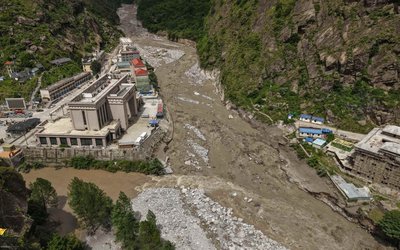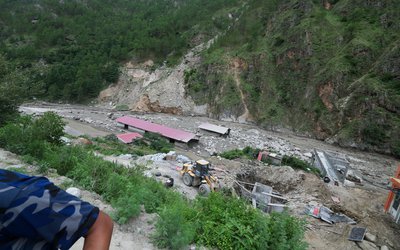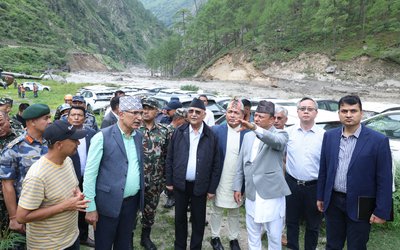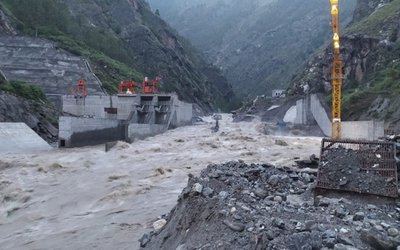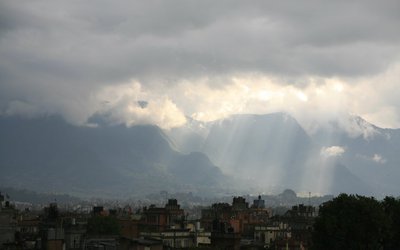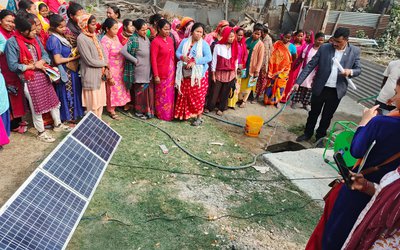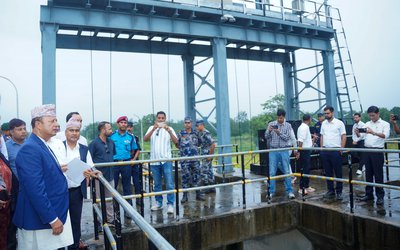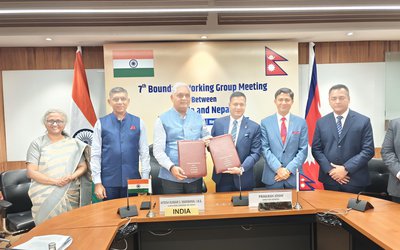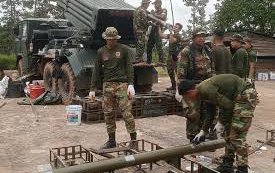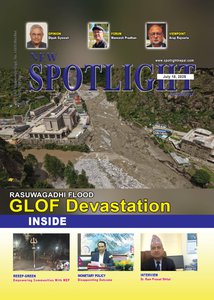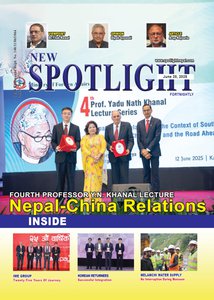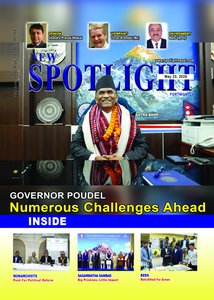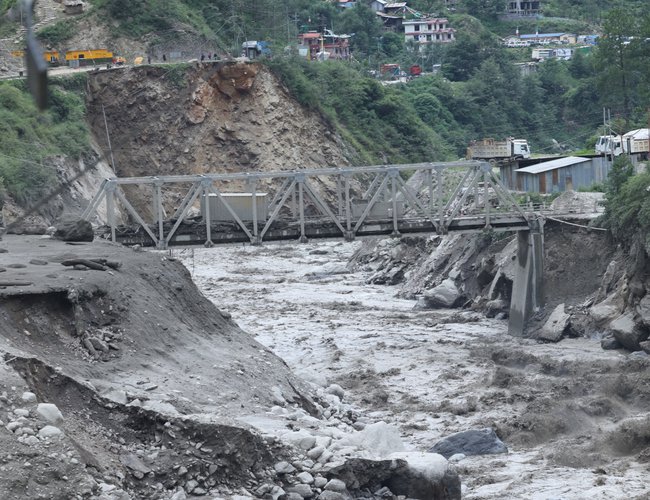
The incidence of floods caused by Glacial Lake Outburst Flood (GLOF) in Nepal is increasing, posing a high risk of loss of life and property.
On Tuesday morning, a major flood entered Nepal from the Himalayan region of Tibet, China, through the Nepal–China border. The flood originated when a glacial lake, formed in the middle of a glacier located about 35 kilometers above Rasuwa, Nepal, burst. The melting snow had created a large lake, which eventually turned into a flood, according to Dinesh Raj Bhatt, Executive Chief of the National Disaster Risk Reduction and Management Authority (NDRMA). The glacial flood flowed through Lhendekhola to Bhotekoshi and then Trishuli, spreading across Nepal.
Satellite images from China and other sources also show that the floodwaters originated from the glacial lake. A glacial lake that was full until Sunday appeared to have shrunk by more than half by Wednesday. The lake, which held 638,000 square meters of water on Sunday, was reduced to just 435,000 square meters after the flood on Tuesday. The previous week, the lake had contained 525,000 square meters of water. “As the floodwaters flowed into Nepal, they created a massive depression, and in some places, a small amount of water is still seen,” Bhatt said.
Bhatt attributes the GLOF to the impacts of climate change, which is causing the snow to melt faster. In Mustang’s Lomanthang, a recent flood is also suspected to have been caused by a glacial lake burst or leak in the upper region, and a team of local representatives has gone to investigate. Similarly, in the month of Jestha (May–June), two glacial lakes above Tilgaon in Humla burst, resulting in floods.
In previous years as well, floods from glaciers in Nepal's high mountains have reached villages. Last year, in the final week of Shrawan (July–August), a glacial lake burst in Solukhumbu destroyed Thame village. In 2021 (2078 B.S.), a similar flood occurred in the upper Himalayan region above Melamchi. Bhatt emphasizes that due to the increasing number and bursting of glacial lakes in the Hindu Kush Himalayan region, dedicated studies are required.
According to Dr. Nitesh Khadka, a scientist at the Chinese Academy of Sciences, the flood in Rasuwa was caused by water leaking from a supraglacial lake covered by snow and debris. Such supraglacial lakes, which form due to fluctuating temperatures in mountainous regions, are dynamic and temporary in nature. Many of the lakes seen in Tibet today did not exist before 2021. Dr. Khadka stated that small lakes seen in 2022 had grown significantly by 2023, and one of those lakes, which had disappeared in December 2024, reappeared last Saturday.
According to glaciologist Amrit Thapa, a large amount of snow melted a few days before the flood in Rasuwa. He said that image analysis showed snow present on Friday had completely melted by Sunday. "This melted snow and ice chunks collected in a large pond formed on the glacier. The surrounding land was weak and couldn’t support the pressure, resulting in the flood," he explained.
The fact that water still remains in the large pond on the glacier’s surface supports his assessment. Thapa noted that as temperatures rise in the summer, snowmelt increases, and the concurrent rainfall further increases the risk of glacial lake outbursts in every Himalayan region.
Researcher Sudeep Thakuri stated that rising temperatures due to climate change in Nepal’s Hindu Kush Himalayan region are accelerating snowmelt. The International Centre for Integrated Mountain Development (ICIMOD) has also highlighted the increasing frequency of glacial lake bursts and leaks in Nepal, emphasizing the need for continuous monitoring and research. Nepal alone has 21 high-risk glacial lakes, and there are 47 such lakes in international border areas where drainage into Nepal increases the threat. No detailed study on glacial lakes has been conducted since 2015.
- Nepal Investment Mega Bank Limited Launches 'Instant EMI' Facility For the First Time in Nepal
- Jul 30, 2025
- GIZ 50 Years Partnership: Energizing Nepal’s Energy Sector
- Jul 30, 2025
- Prime Minister Inaugurates Rani Jamara Kulariya Irrigation Three Years After Completion
- Jul 30, 2025
- Nepal-India Border Working Group Meeting Agree On Inspection And Maintenance e Work Of Pillar
- Jul 30, 2025
- Weather Forecast: Generally Cloudy Across The Country Possibility Of Moderate Rain In Hilly Regions Inclding Sudurpaschim Province
- Jul 30, 2025
